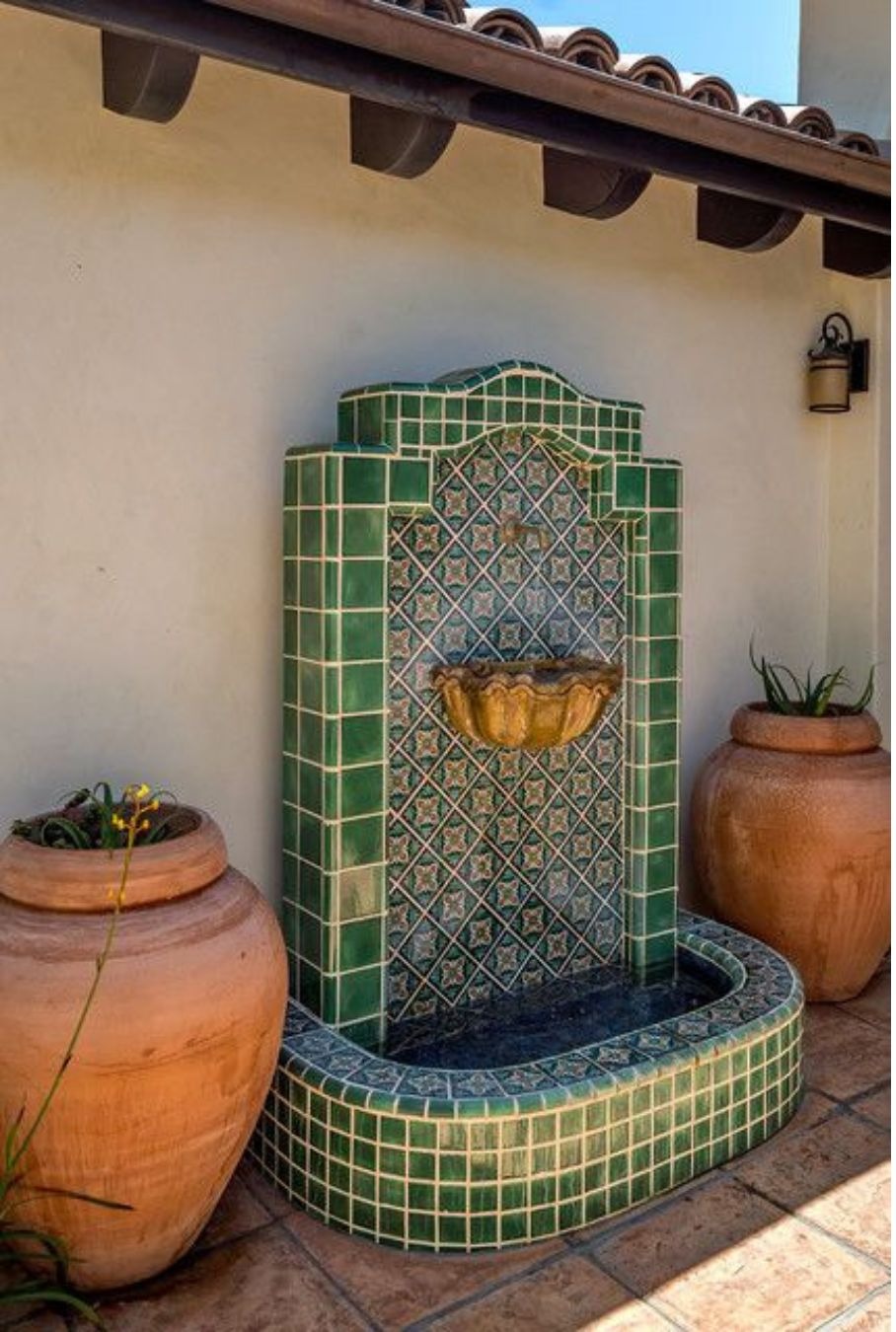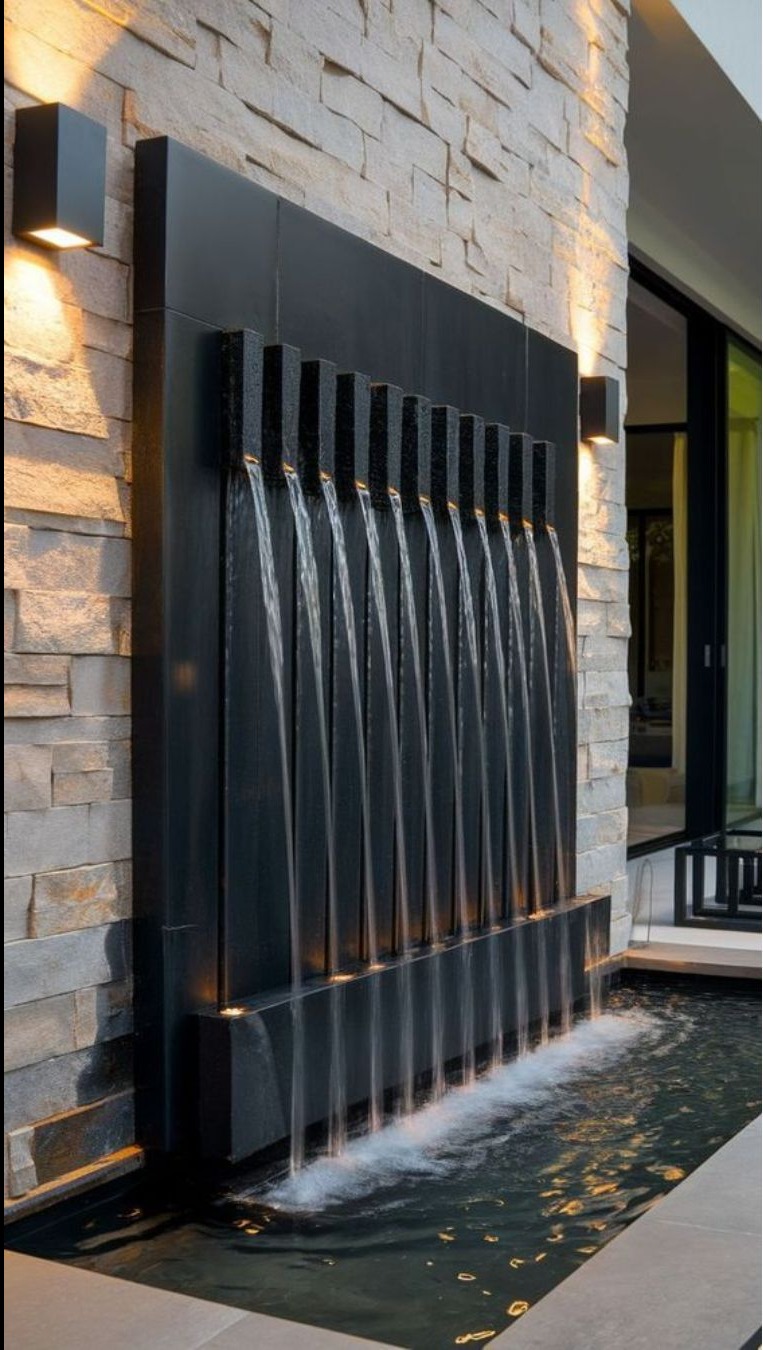
Air is one of the most important elements used in wastewater treatment processes. Activated sludge systems require proper aeration of the wastewater to ensure the biological decomposition of organic compounds. However, while air costs nothing, the systems required to deliver it can account for 50% to 90% of the energy consumption of a plant. Therefore, the decisions made with respect to this equipment can have a significant impact on running costs.
Edward Paro, a portfolio manager, Compressors & Aeration, for Sulzer, looks at the choices that need to be considered when reviewing aeration technology.
The combination of energy intensity and process importance means the selection, specification and operation of aeration technologies are key decisions in wastewater system design. The best solution depends upon multiple factors, including the variability of system demand and the geometry of the wastewater treatment vessel. Industrial treatment systems, for example, are often designed to manage relatively stable waste flows, while municipal sites must cope with daily and seasonal demand peaks. Facilities with a lot of space available may treat their wastewater in large ponds or ditches. Where space is at a premium, deeper tanks are often preferred.
Top down or bottom up
Air can be introduced into the treatment vessel in two ways. Surface aeration systems use floating pumps or propellers to combine wastewater and air at the surface of the vessel, churning the fluid to ensure thorough mixing. These systems are simple to install and relatively inexpensive. Moreover, they are the only viable option for shallow ditches or ponds with no defined base.
The downsides of surface aeration systems include relatively high energy consumption and high maintenance costs, with a lot of mechanical components operating in direct contact with the waste stream. Combining air and water at the surface can lead to the formation of aerosols in the proximity of the plant. The performance of a mechanical system also falls away rapidly as the depth of the treatment vessel increases, leading to dead spots where untreated sludge can build up over time.
The alternative to surface aeration is the introduction of air at the bottom of the tank. With the right flow rate and bubble size, injected air can simultaneously mix and oxygenate the wastewater as it rises to the surface. The simplest of such systems use a self-aspirating Venturi pump to send a jet of air into the vessel. These work best in smaller vessels with a predictable load. They are commonly used in industrial treatment plants, or in municipal systems where low cost and straightforward technology are priorities for the operator. For bigger and deeper tanks (up to 15 m / 50 feet) mechanical aerators fed with pressurized air are a robust and energy-efficient solution. Such aeration systems consisting of tens of mechanical aerators freely standing on the floor of the basin give excellent flexibility in adapting to demand and can also be serviced during operation.
Diffuse benefits
The highest-performing aeration systems in use today are fine bubble diffusers. These use a network of pipes installed at the base of the vessel, which transport air to a perforated diffuser, usually a plate or tube. The holes in the diffuser are engineered to release a carefully controlled stream of bubbles, matched to the physical and chemical requirements of the process.
Compared with even the best mechanical aeration equipment, fine bubble diffusers supplied by high-efficiency turbo blowers can reduce aeration energy consumption by 50 to 70%.
Diffuser systems work best in deeper tanks and lagoons, where the bubbles spend enough time travelling through the wastewater to ensure effective mixing and oxygen transfer. In general, lagoons or ditches up to 3 m (120 inches) deep are suitable for surface aeration, vessels between 3 m and 6 m (240 inches) deep can be aerated by mechanical (surface or bottom mounted) or diffusion technologies, and vessels deeper than 6 m are only suitable for diffusers or mechanical aerators fed with pressurized air. The ability of diffuser systems and other bottom mounted aeration equipment to work with deep tanks is a particular benefit for capacity expansion projects on sites with limited space, where increasing tank height is the only viable way to expand site capacity.
Keywords
3
6
240
lot
jet
tube
15 m
daily
fluid
floor
basin
depth
holes
pipes
plate
today
robust
bigger
Sulzer
bubbles
lagoons
example
network
respect
50 feet
choices
premium
geometry
low cost
two ways
aerosols
operator
physical
downsides
formation
operation
selection
proximity
Facilities
dead spots
priorities
viable way
120 inches
propellers
deep tanks
enough time
alternative
bubble size
Edward Paro
performance
variability
large ponds
combination
Compressors
waste stream
defined base
deeper tanks
introduction
specification
system demand
site capacity
running costs
limited space
key decisions
best solution
viable option
direct contact
floating pumps
municipal sites
proper aeration
oxygen transfer
shallow ditches
smaller vessels
pressurized air
right flow rate
thorough mixing
energy intensity
multiple factors
untreated sludge
predictable load
Diffuser systems
Diffuse benefits
effective mixing
controlled stream
municipal systems
portfolio manager
mechanical system
organic compounds
process importance
stable waste flows
particular benefit
significant impact
important elements
aeration technology
mechanical aerators
perforated diffuser
fine bubble diffusers
Such aeration systems
seasonal demand peaks
mechanical components
excellent flexibility
aeration technologies
chemical requirements
high maintenance costs
increasing tank height
diffusion technologies
high energy consumption
biological decomposition
Activated sludge systems
wastewater system design
Surface aeration systems
energy-efficient solution
straightforward technology
capacity expansion projects
wastewater treatment vessel
industrial treatment plants
aeration energy consumption
Industrial treatment systems
self-aspirating Venturi pump
high-efficiency turbo blowers
wastewater treatment processes
best mechanical aeration equipment
other bottom mounted aeration equipment




